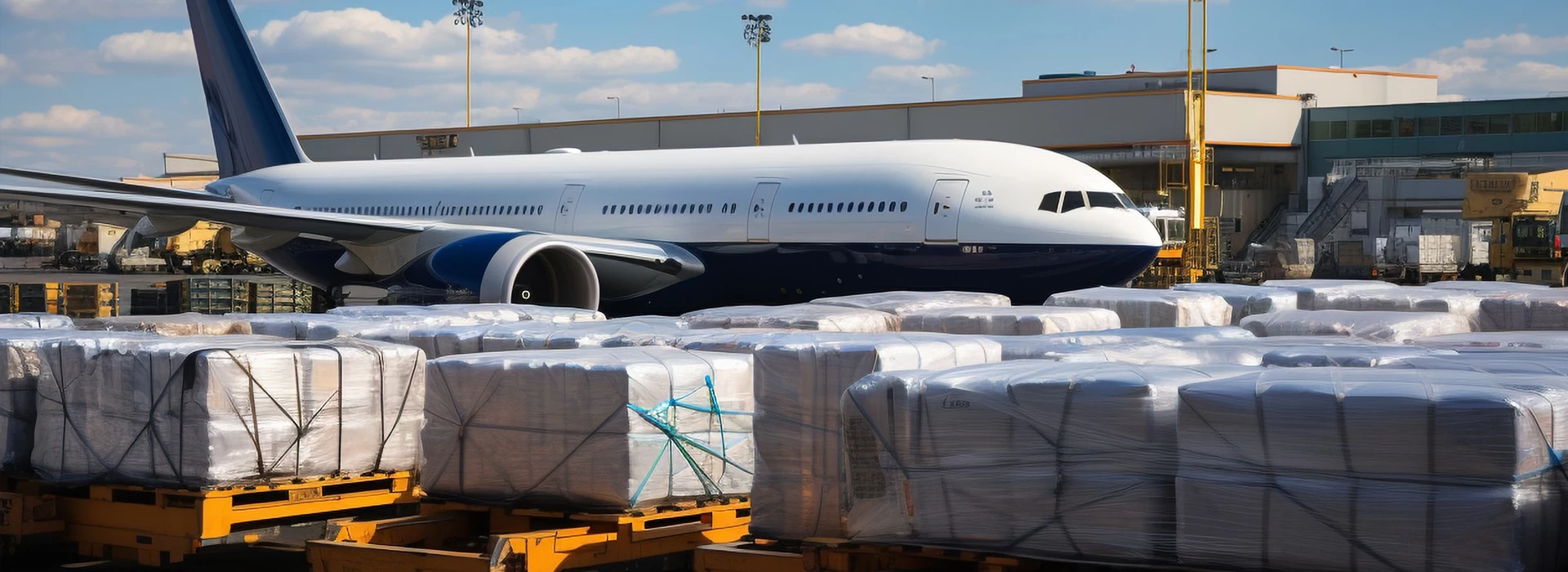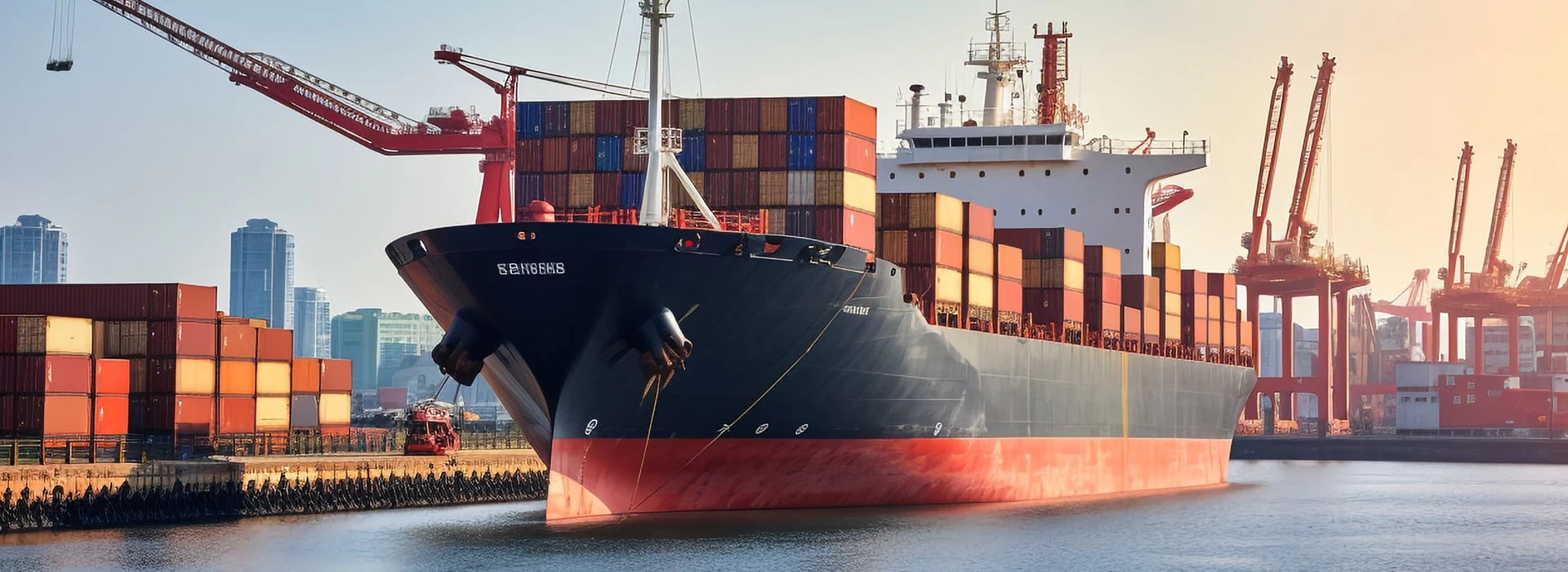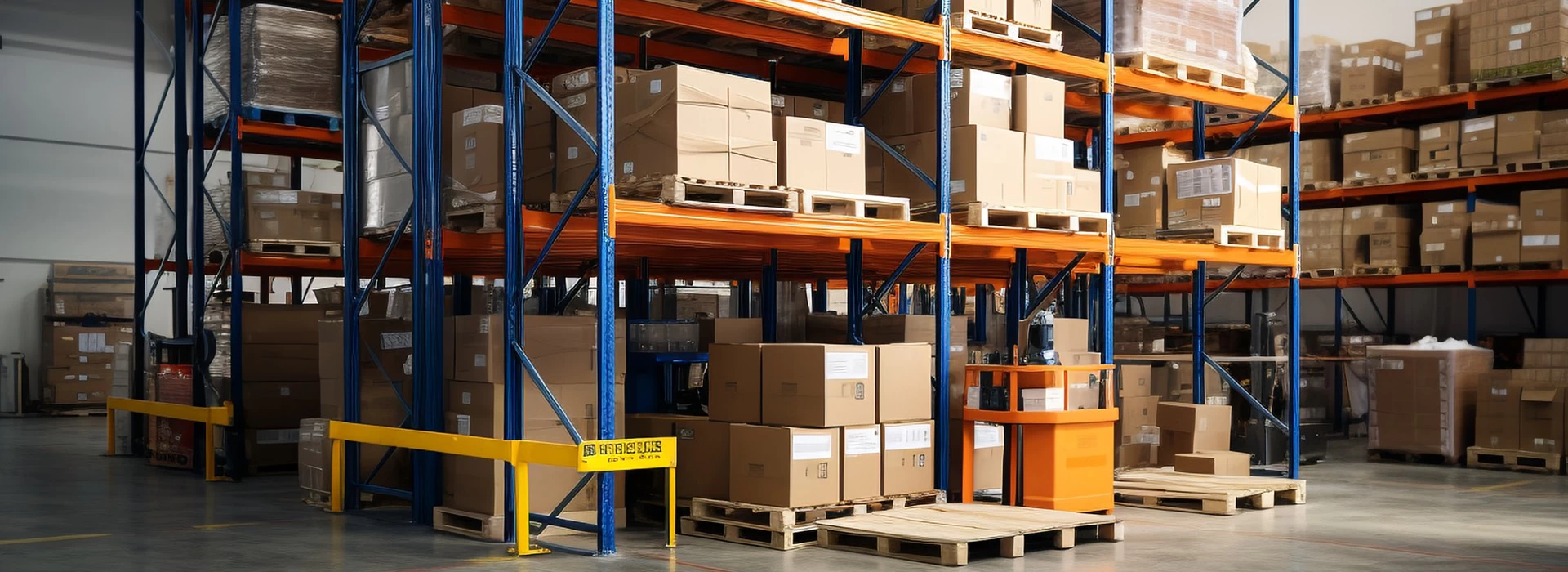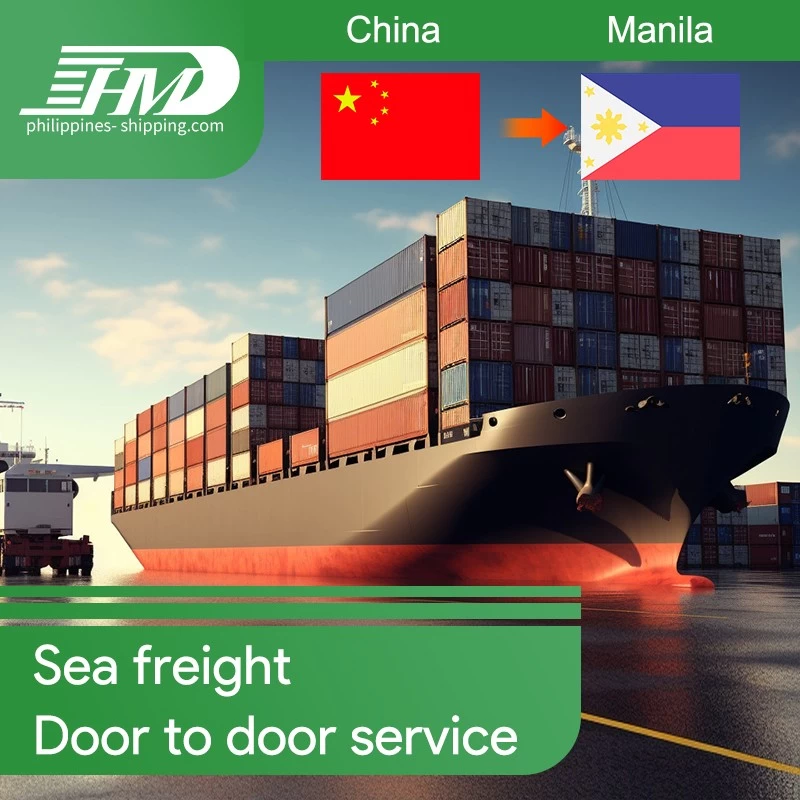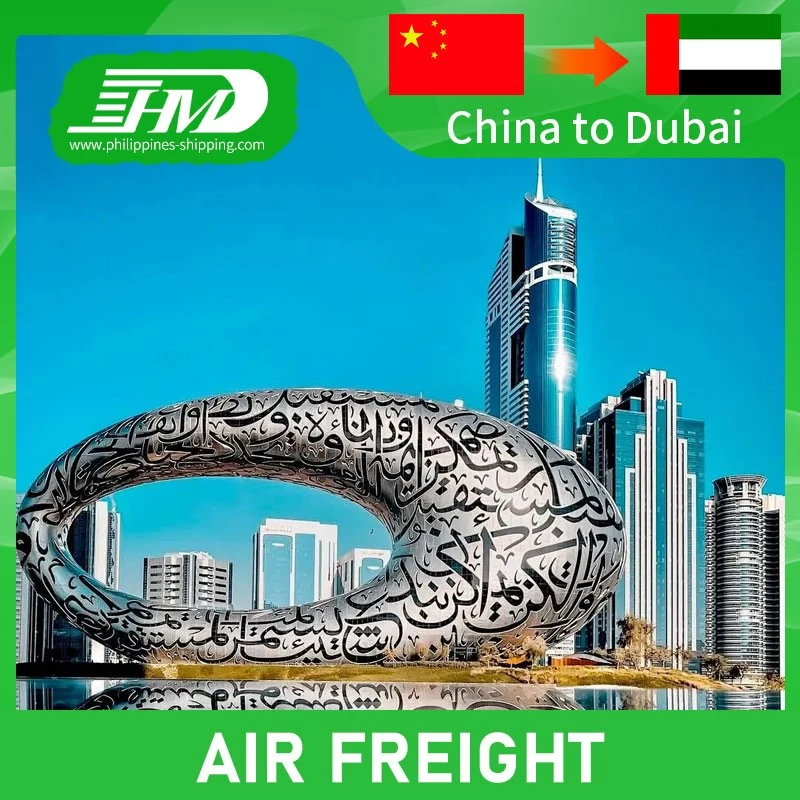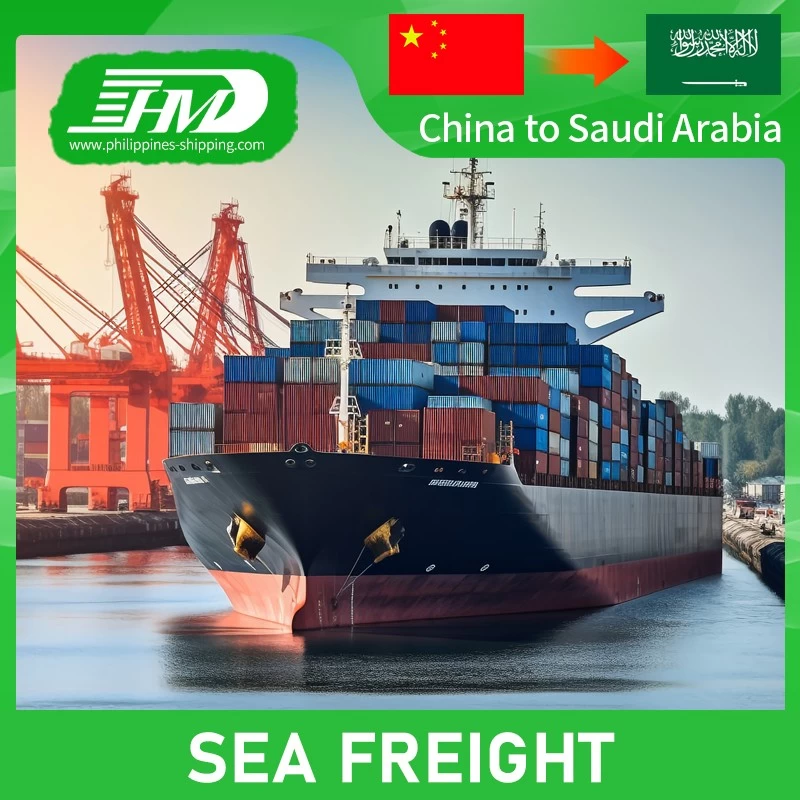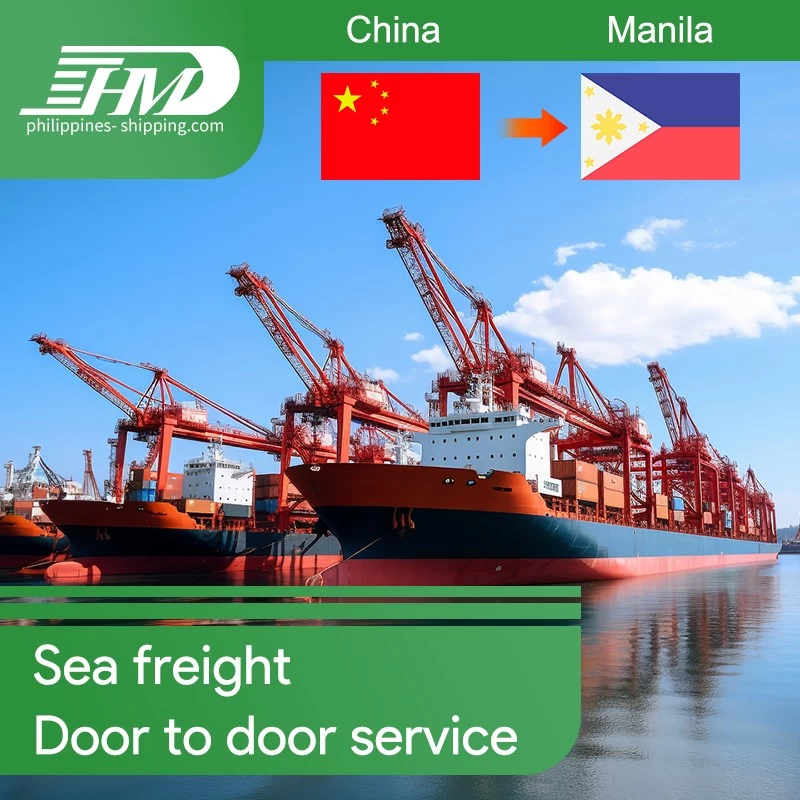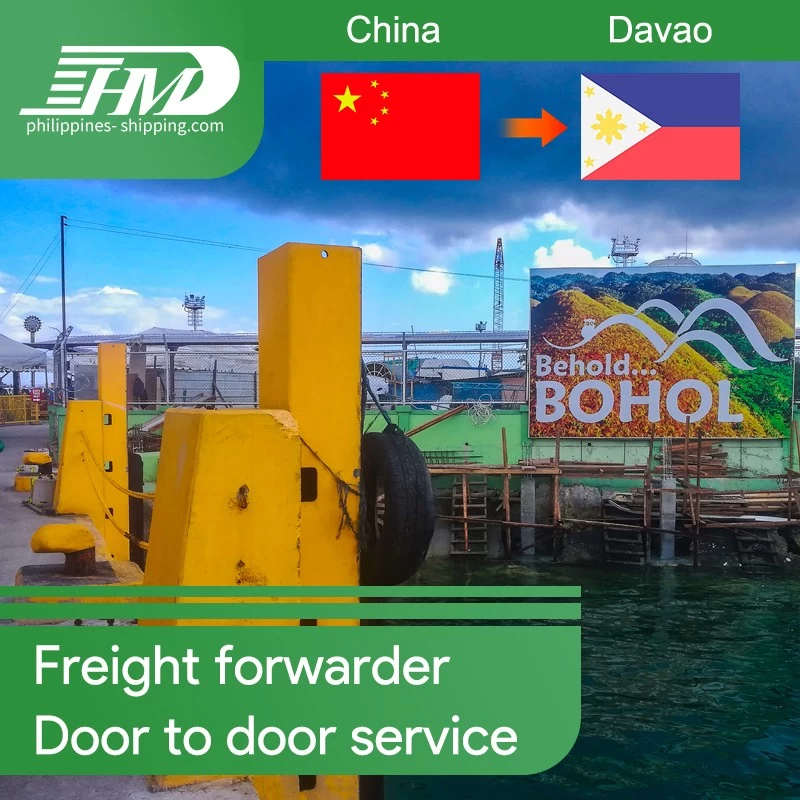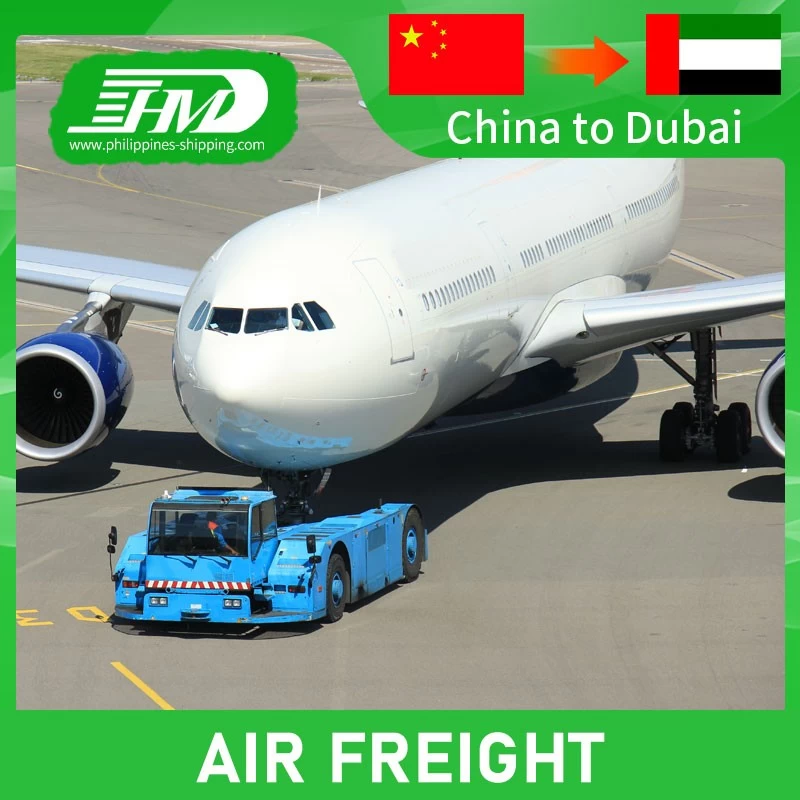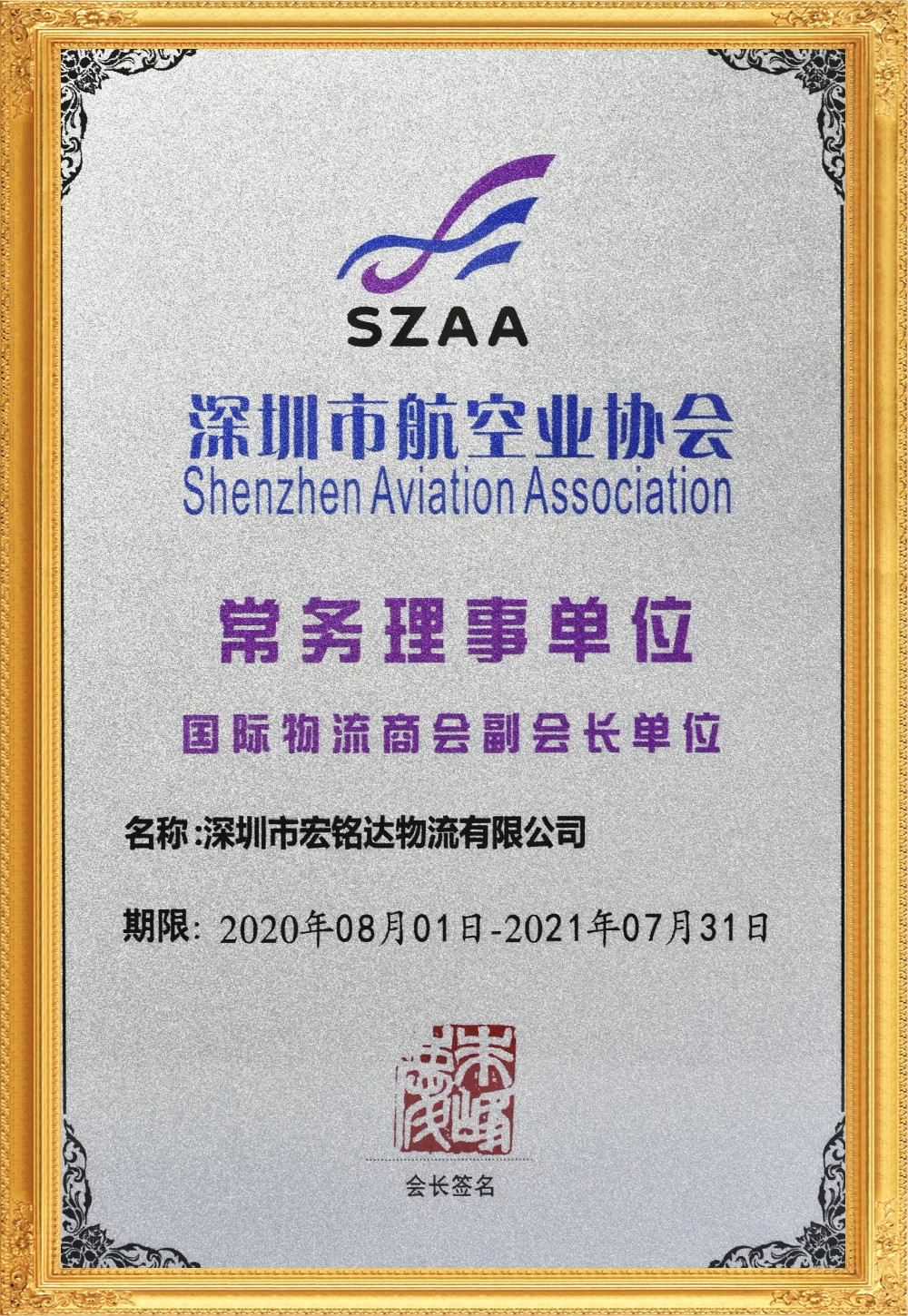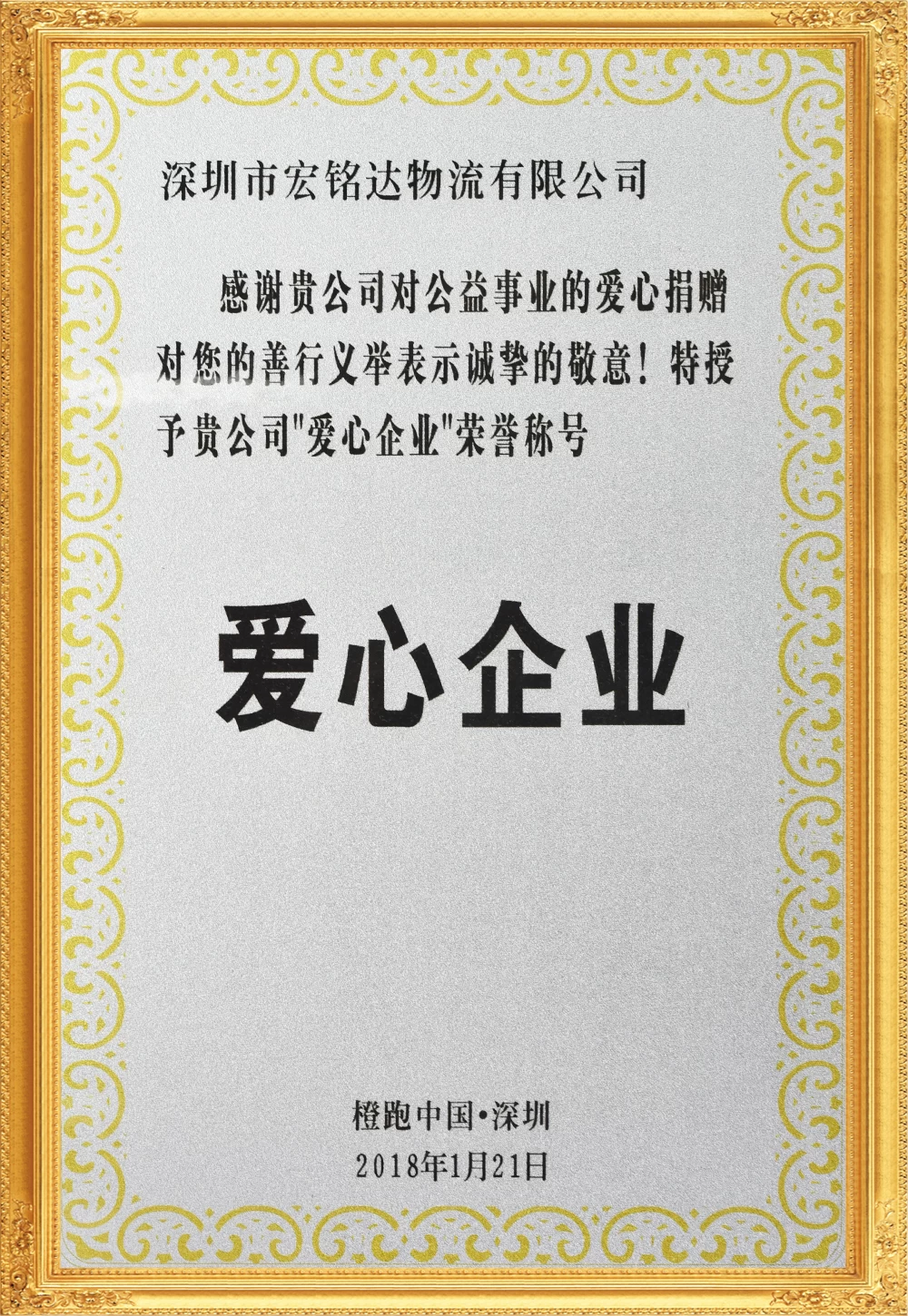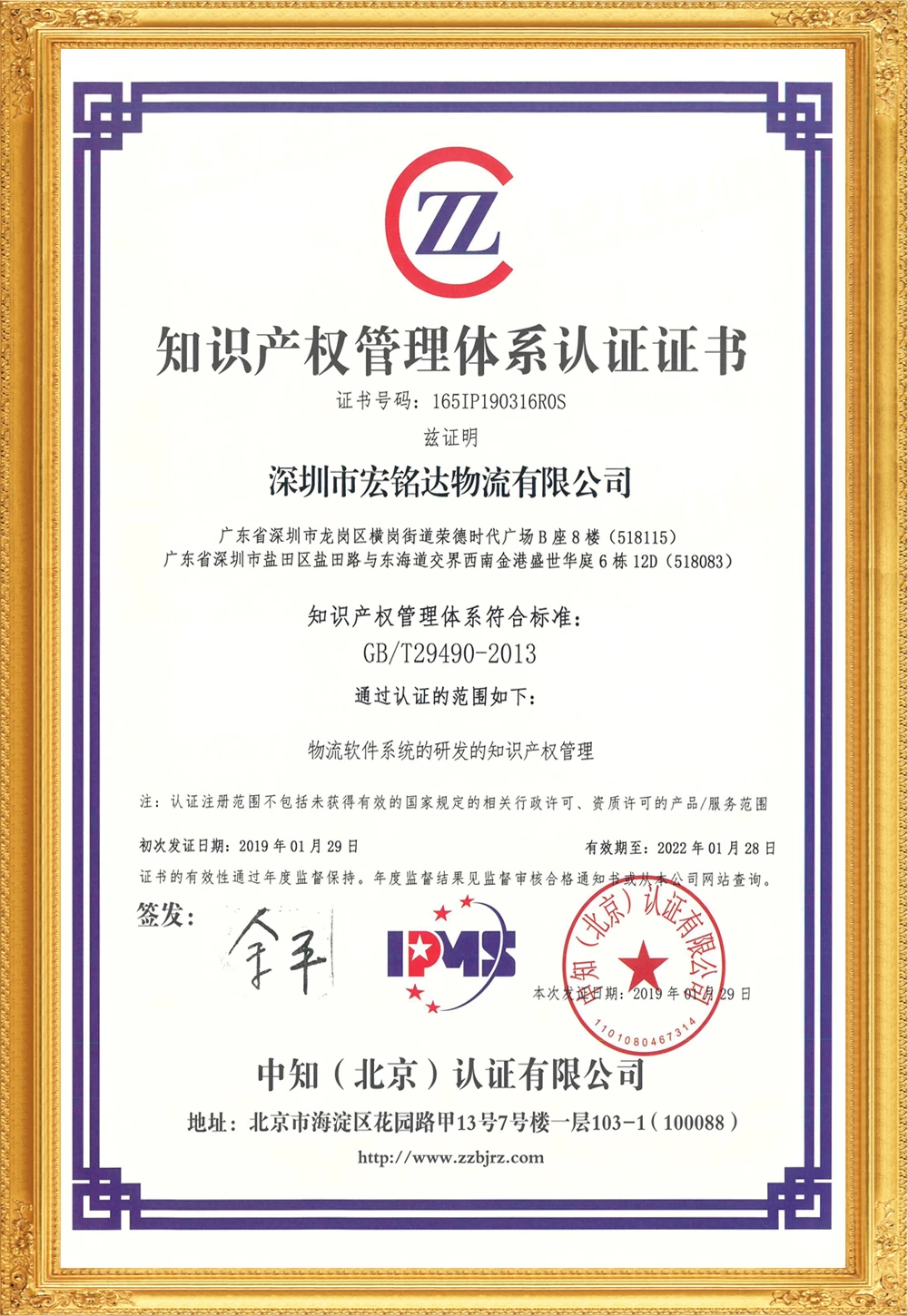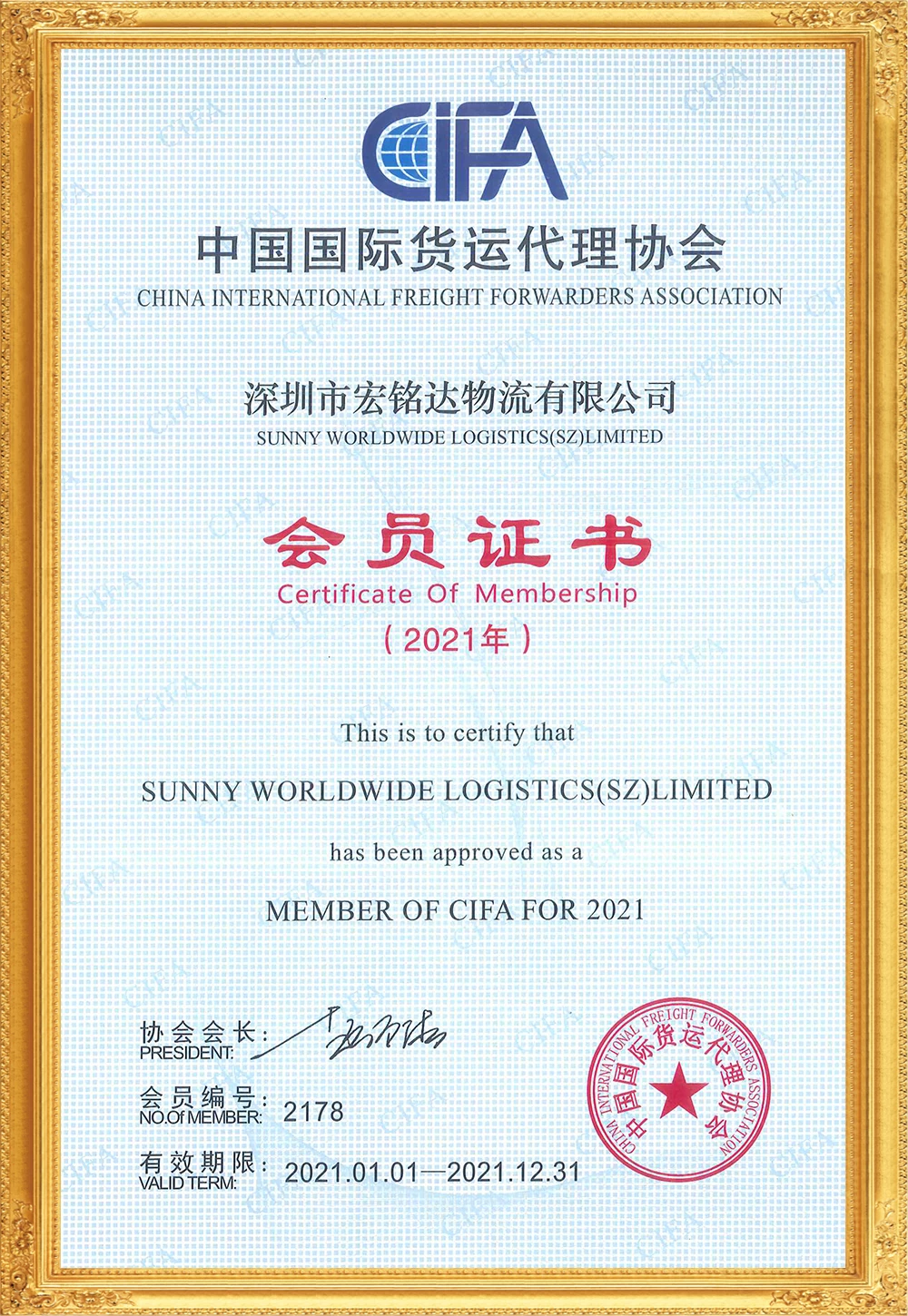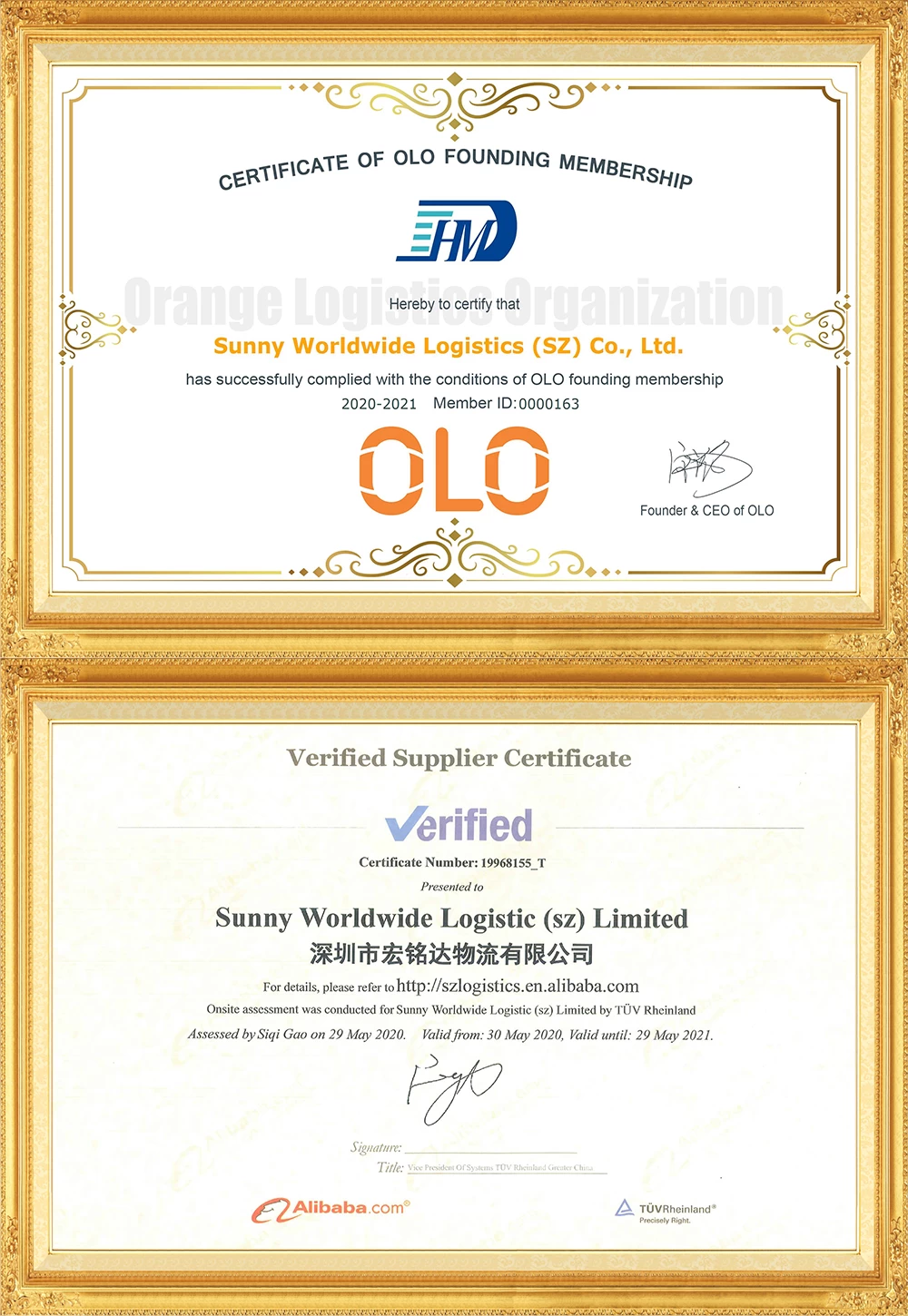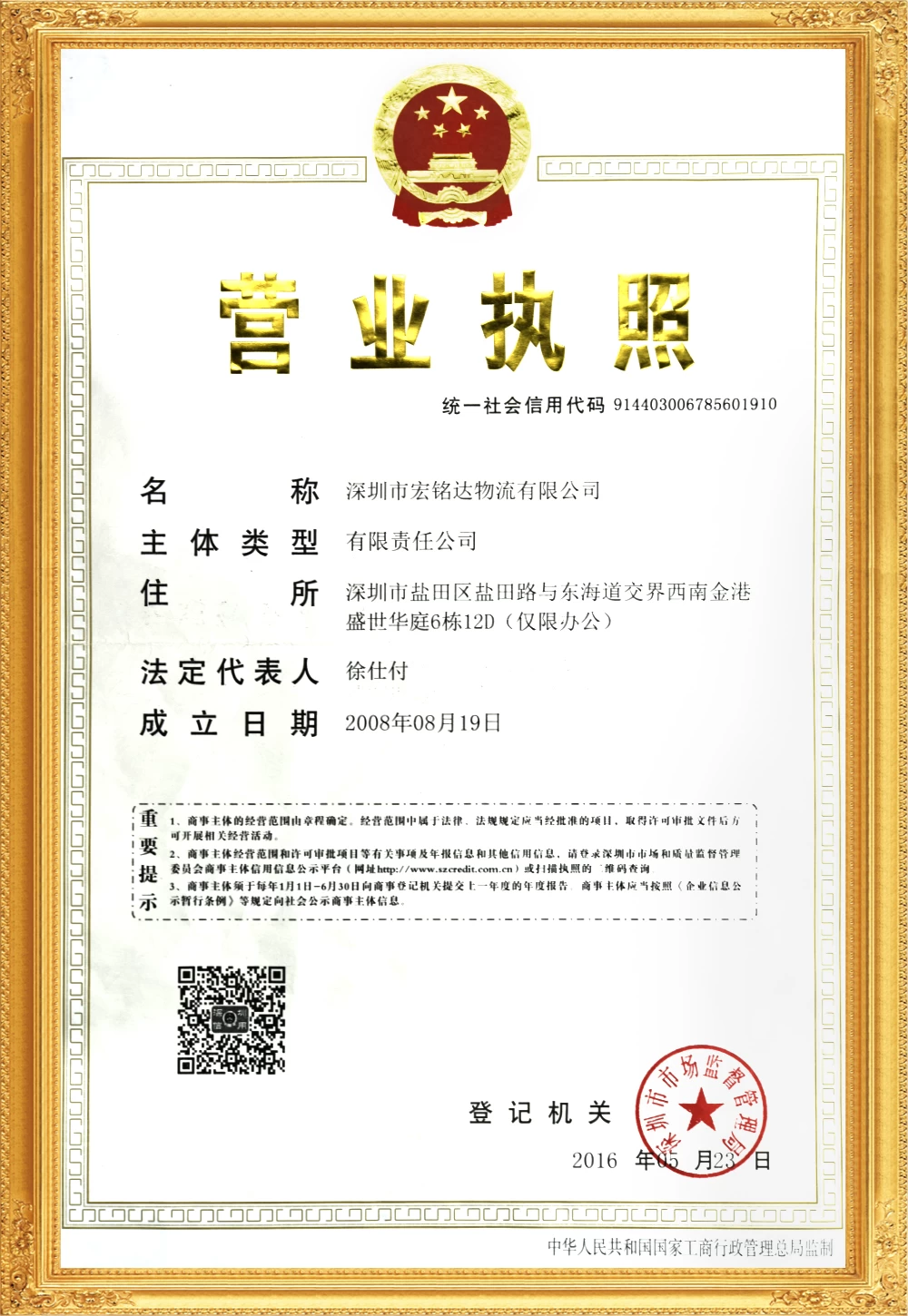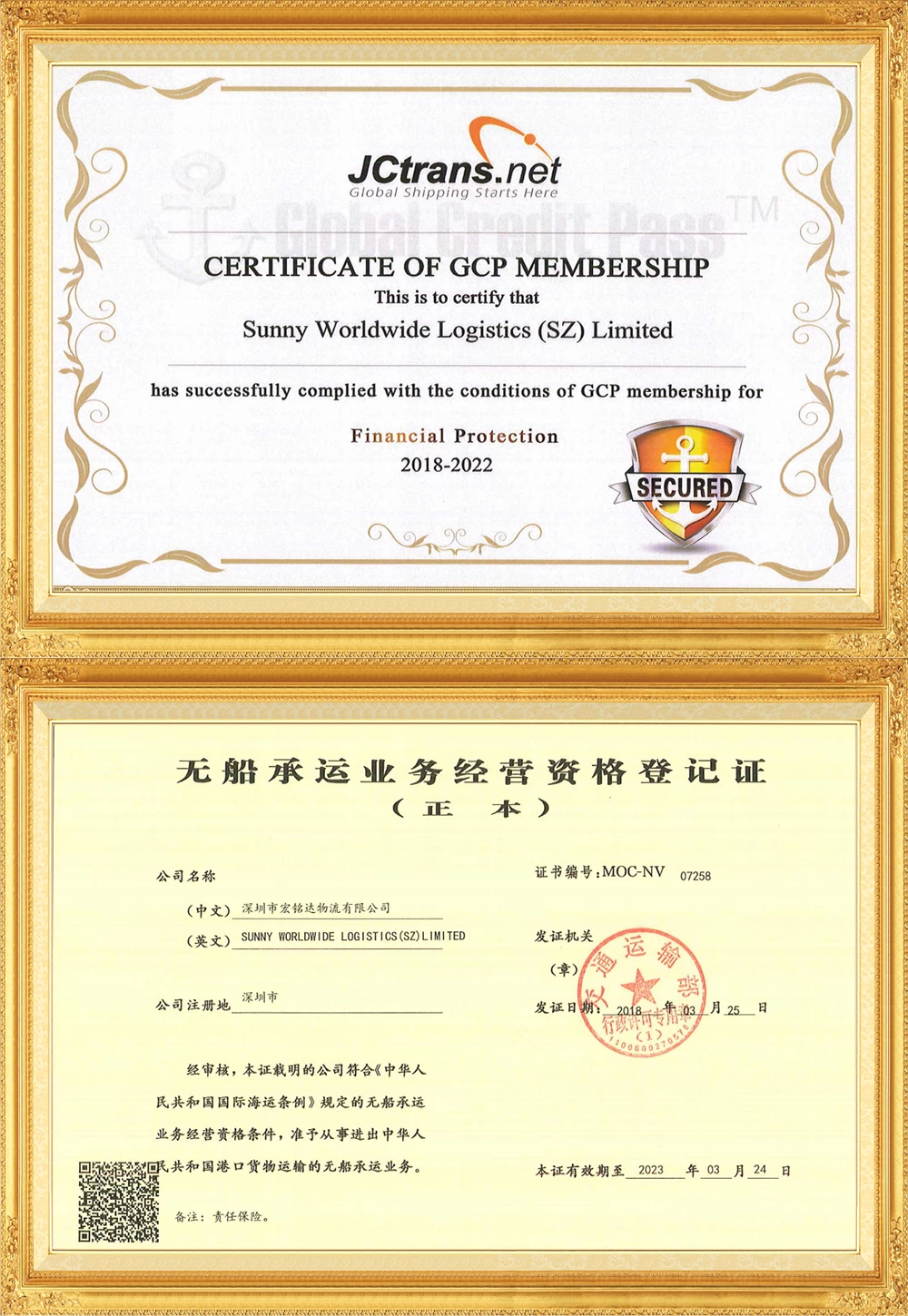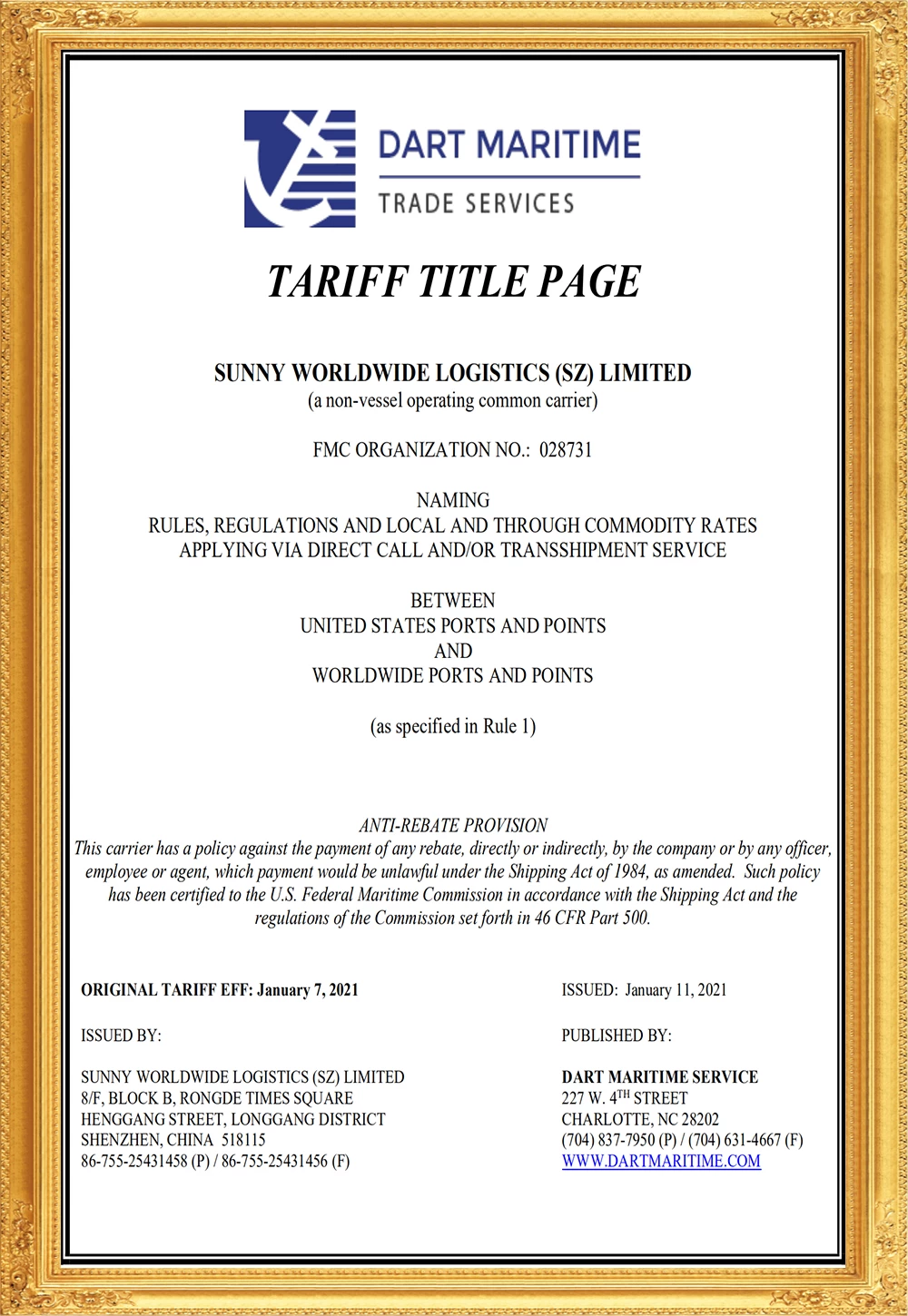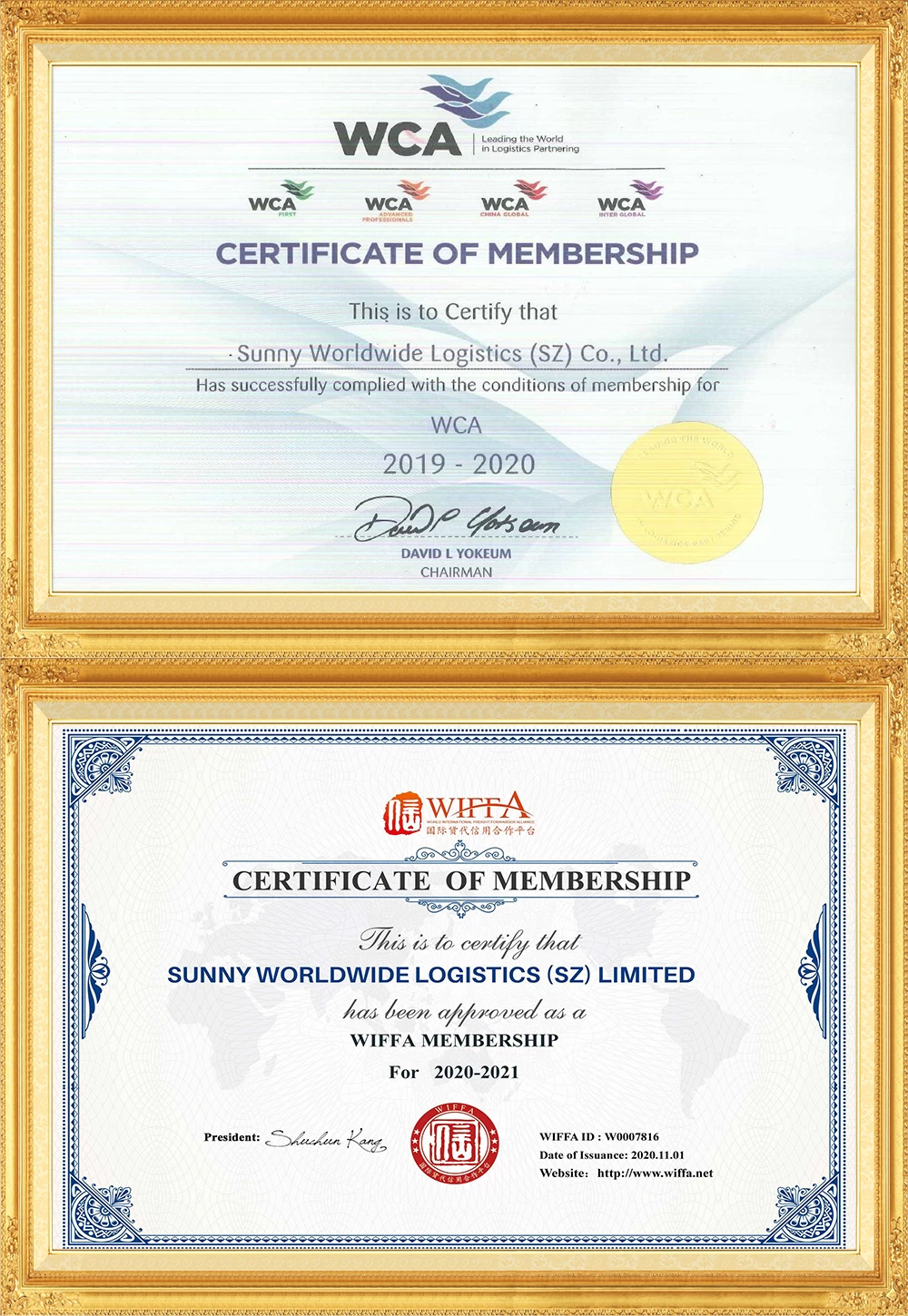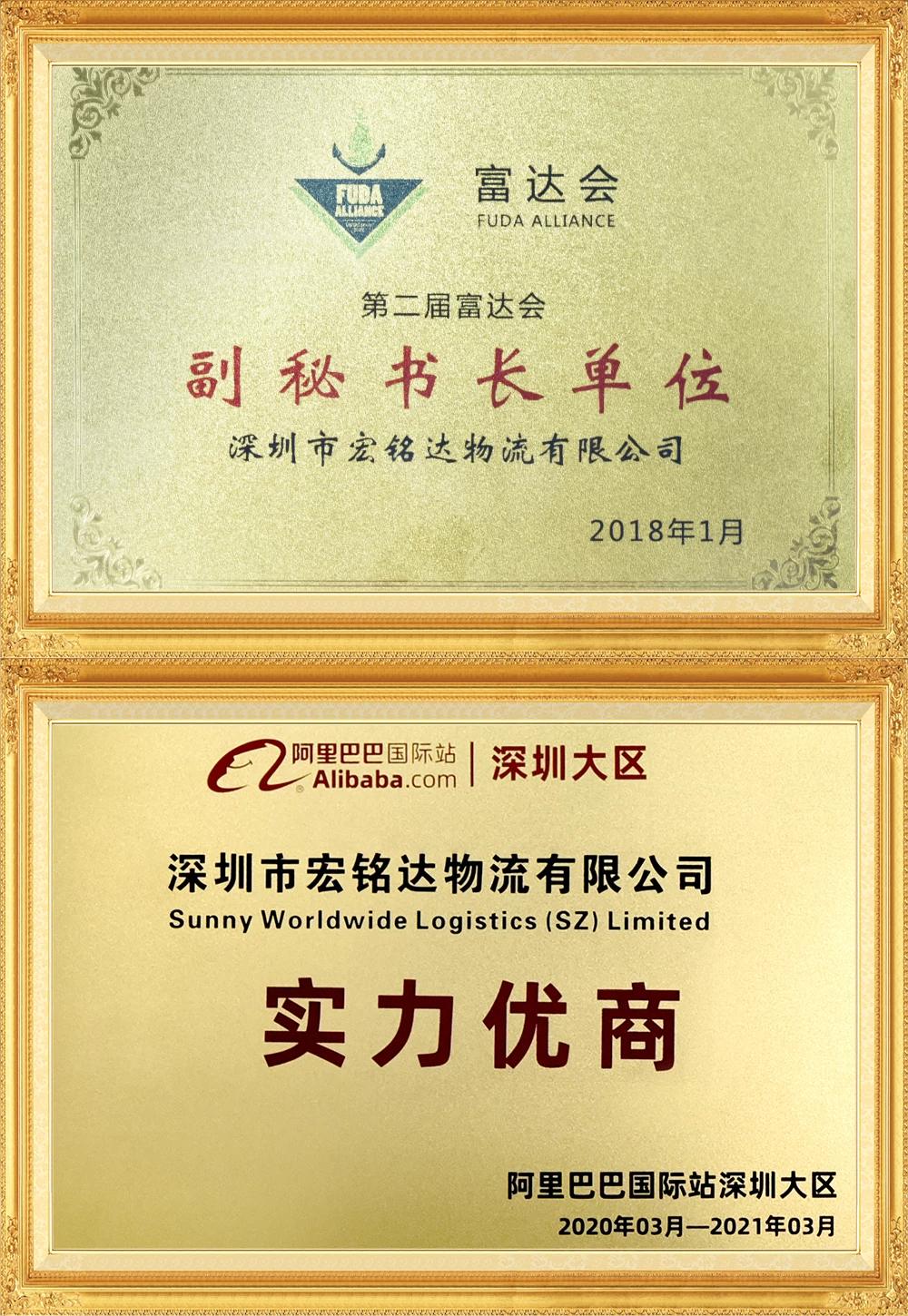Maersk announces: Recovery!
At a time when cargo volume on the U.S. line is on the rise, after THE Alliance announced the resumption of two trans-Pacific routes that had been suspended for nearly half a year, Maersk also announced that it would improve its Asia-U.S. East Coast service network by restarting the TP20 route.
Maersk restarts TP20 route
The order of ports of call for Maersk TP20 route is Qingdao-Shanghai-Yantian-Panama Canal-Newark-Baltimore-Houston-Panama Canal. The "Maersk Wallis" will make its maiden voyage in Qingdao Port on April 21.
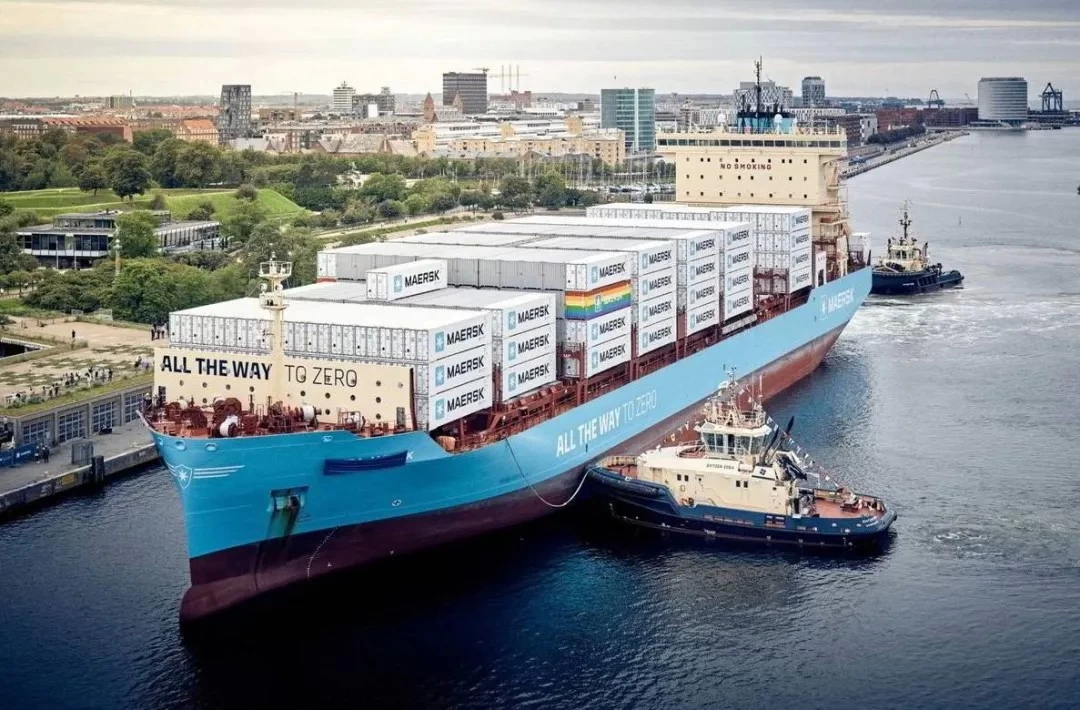
With only 10 months remaining in the ship-sharing agreement, Maersk and MSC are actively looking for independent east-west route service opportunities outside the 2M alliance. However, Maersk's twin partnership with Hapag-Lloyd from February next year will add complexity to its decision-making, while MSC's independent services as a non-alliance member are likely to maintain the status quo.
Recently, U.S. container imports surged in February, Panama Canal transit restrictions were slightly relaxed, and spot freight rates were at least twice what they were a year ago. These factors have combined to prompt Maersk's decision to resume TP20 services from China to the U.S. East Coast next month .
As early as August 2021, Maersk launched a "premium" loop service, deploying 4,500TEU Panamax ships, in addition to the space swap and ship sharing agreement between 2M and Zim, aiming to benefit from a market that was as high as $20,000 per 40 feet at the time. Benefit from the rates.
However, last month Maersk announced a "temporary suspension" of TP20 services in anticipation of "reduced global demand."
But on April 21, the adjusted TP20 will make its maiden voyage in Qingdao with the 4334TEU "Maersk Wallis" built in 2010. The ship will also load cargo in Shanghai and Yantian and head to Newark, Baltimore and Houston on the eastern U.S. and Gulf Coast.
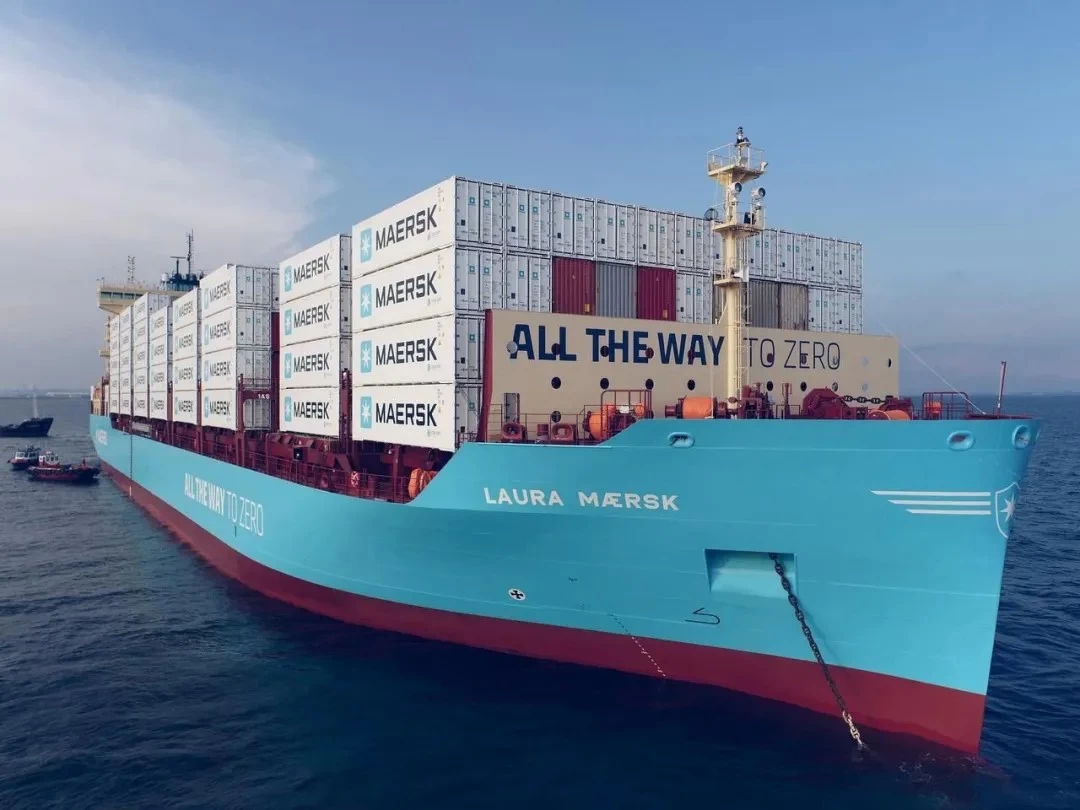
At the same time, senior shipping analyst John McCown’s analysis of imports from the top ten container ports in the United States in February showed that the volume of imported containers surged 25.3% year-on-year to 1.833 million TEU.
Although this increase is impressive and shows potential economic vitality, McCown also pointed out that due to the later Chinese New Year this year than in previous years and the impact of the leap year in 2024, the growth in import volume in February was affected to a certain extent.
Additionally, McCown's analysis revealed a reversal in the movement of cargo from west to east coasts.
In February, import volumes at U.S. Pacific ports increased 39% year-on-year, while growth at U.S. Eastern and Gulf Coast ports was more modest at 14.6%. He further pointed out that some of the freight traffic diverted to the East Coast has been redirected back to West Coast ports, exacerbating recent fluctuations along the coast.
Perhaps another factor influencing Maersk's decision to resume its TP20 routes is the extension of some Asia-to-U.S. East Coast routes due to the Red Sea crisis, coupled with the uncertainty of labor contract negotiations on the East Coast, and the existing relationship between the International Longshoremen's Association (ILA) and the American Maritime Alliance. There is an agreement that will expire on September 30. These factors together indicate that this year's peak season may arrive early.
Therefore, Maersk restarted TP20 services to meet the growth of market demand and respond to potential industry changes.
THE alliance’s two routes return
In addition, driven by strong business in the United States, THE Alliance (Hapag-Lloyd, ONE, HMM and Yang Ming) has also announced the resumption of two trans-Pacific routes that have been suspended for nearly half a year.
The specific plans are as follows: On April 15, THE Alliance will restart the EC4/SUEZ1 route from Asia to the East Coast of the United States, which was suspended due to off-season demand last winter.
This resumption will adopt a new sailing arrangement, and the order of ports of call is: Kaohsiung, Xiamen, Yantian, Gaimei, Singapore, Norfolk, Savannah, Charleston, New York, Singapore and Kaohsiung.
It is worth noting that Hong Kong will no longer be a stopover, and both eastbound and westbound routes will pass through the Cape of Good Hope instead of the Suez Canal.
The EC4 service is expected to complete one voyage every 13 weeks and will deploy up to 13 ships with a capacity of between 13,000 and 14,000 TEU, which will be from Hapag-Lloyd, ONE and Yang Ming. The maiden voyage will be operated by the 14,080TEU ship "YM Warm" from Kaohsiung.
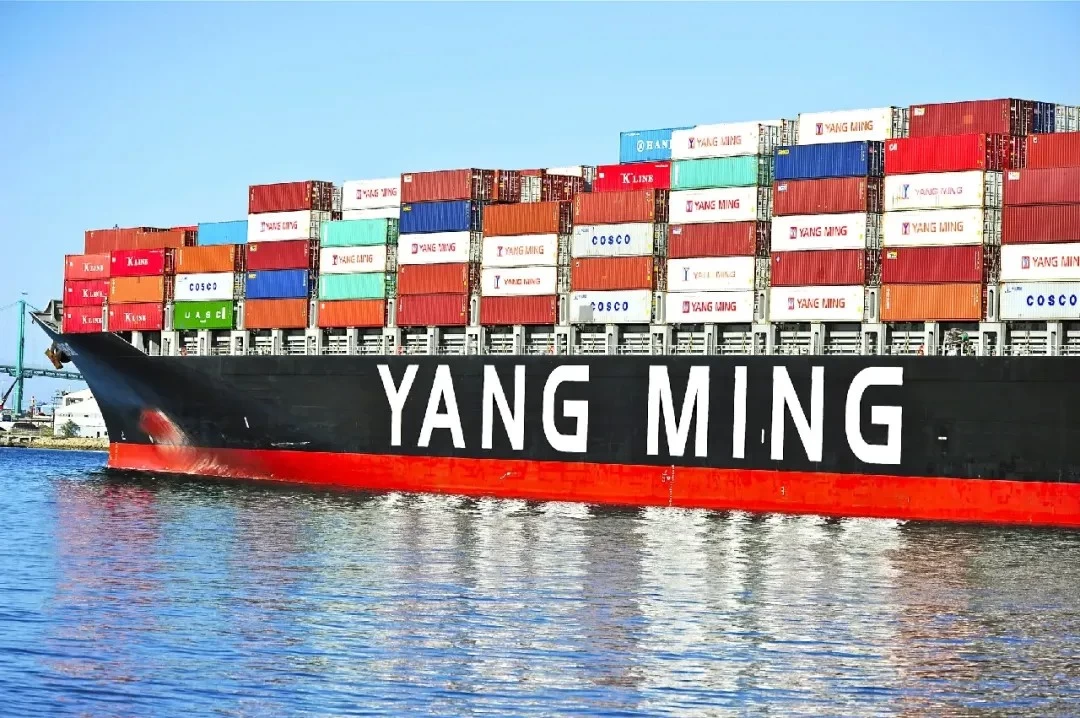
In addition, on April 19, THE Alliance will also resume the PN3 service on the West Coast of the United States, which was also canceled due to weakened pre-winter demand in October last year.
The order of new ports of call is: Hong Kong, Haiphong, Yantian, Shanghai, Busan, Vancouver, Tacoma, Busan, Kaohsiung, and two new ports of call are Hong Kong and Haiphong.
The first voyage of the new PN3 service is scheduled to depart from Hong Kong and will be operated by the newly built 13,788 TEU HMM Aquamarine.
The service is expected to complete one sailing every eight weeks and will deploy eight vessels from Hyundai Merchant Marine and Yang Ming Marine Lines.
Sunny Worldwide Logistics We has already signed contracts with three major international shipping companies and have FOB, CIF and DDP service to worldwide via sea and air with 26 years. Welcome to try an order.



